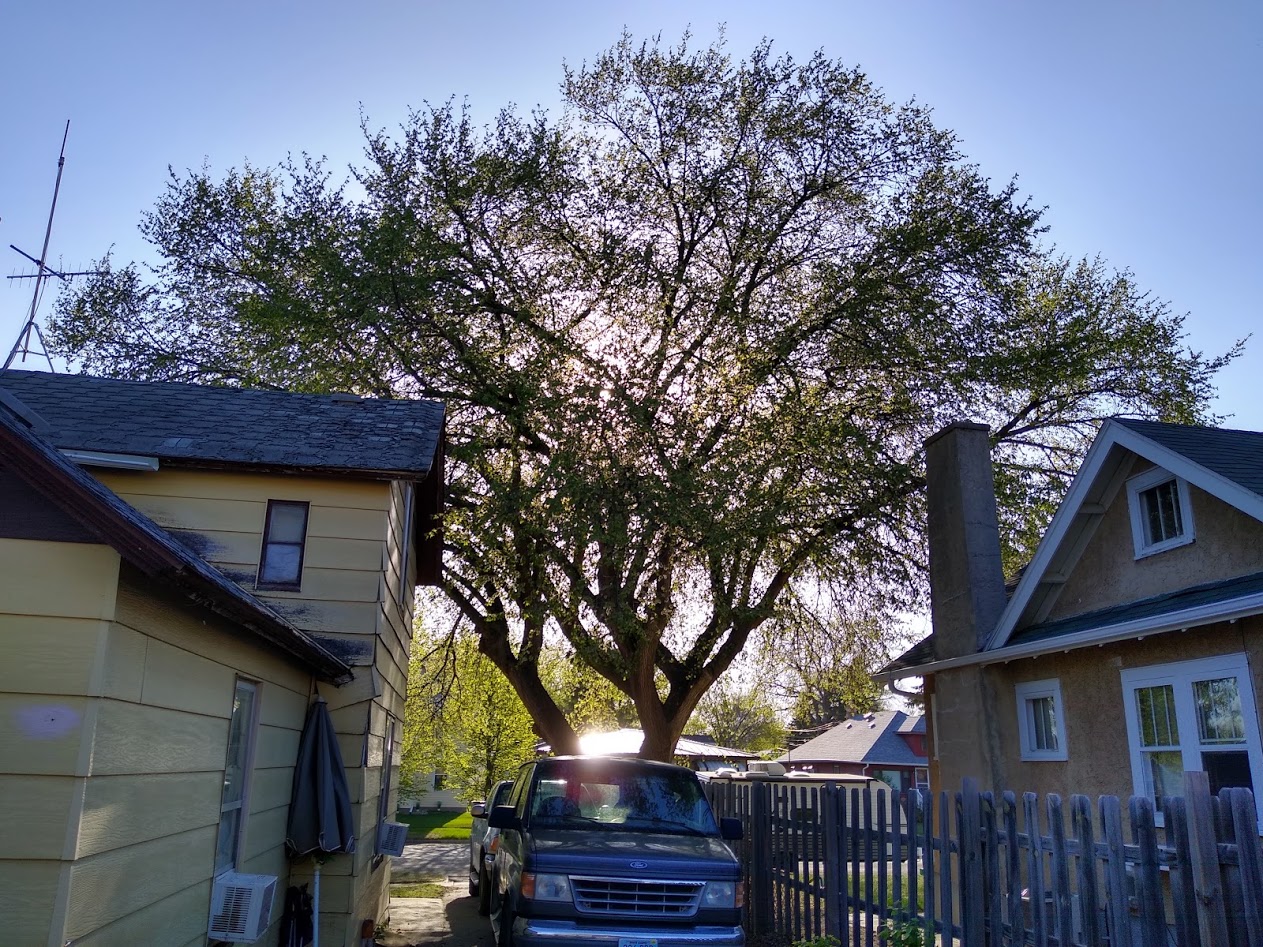In the previous post, I gave the reasons “why” I wanted to go with LiFePO. In this post, I will try to give the details on the calculations that I’ve done, before reaching the decision to buy what I bought.
I ordered a 12V 54Ah Deep Cycle LiFePO4 Battery, a Folding Fast-Charge 12V Solar Panel, and a USB Phone Charger, Voltmeter, & Terminal Adapter Wiring Kit from Dakota Lithium on May 24th. As of May 29th, I have not had all of the items shipped to me, so what follows has not been tested in the real world. These are just my calculations.
Of course, before I start, I will say that I do understand that there are a lot of different factors that will effect these calculations, some of which I may have not even considered. Things like available sunlight, transmit power, transmit frequency (how often… not MHz), other devices connected, are all variable factors that I am aware of.
- The Battery. 12.8 volts / 54Ah / 691.2Wh
- Size – 9.01” x 5.43” x 8.38”
- Weight – 17.6 pounds
- Discharge – 50 A max continuous, 100 A max pulse 10 second pulse
- Charge – 25 A max
I will just do the calculations for the battery and the radio, without the solar panel connected. The solar panel can be connected while the battery is being used, so I will just be using it as a way to keep the battery “up” for as long as possible. Without any load on the battery, the solar panel will charge the battery in about 19 1/2 hours. Not a lot of input, but enough to help make it through the night, I think. I may end up upgrading the solar part of this in the future, but we’ll see how it works out this way, for now.
- The Radio. Yaesu FT-991A
- Supply Voltage – 13.8 volts (+ or – 15%) – Calculations will be based on 12.8 volts, which is the battery voltage.
- RX Power Consumption – 2.2 A
- TX Power Consumption – 23 A (HF/50 at 100 watts)
Based on a 100 watt output (which is the full power of the radio), here is what I came up with:
Standby only battery run time = 24.54 Hours
Transmit only battery run time = 2.34 Hours – This is obviously an unreasonable number, since there is absolutely no way to transmit at 100 watts for that long. Even if I were to run FT8 or FT4 at a full 100 watts, the duty cycle would be 50%, meaning that I would be transmitting half the time and listening the other half. That would bring it to 4.68 Hours.
When operating portable and on Field Day, I normally use SSB (voice or phone). The duty cycle for SSB is actually much lower than 50%, since the radio is only transmitting while you’re talking. The calculations for this are a little trickier. Simply pressing the push-to-talk (PTT) button, without any talking, the radio consumes about 5 amps. Any time you talk, the radio will draw between 15 to 22 amps at 100 watts. For the sake of my calculations, I based the amperage draw at 20 amps at 100 watts.
Since I am a “search & pounce” type of operator, normally, I also based my transmit time to 20% (the other 80% of the time, I would be listening). I might be wrong on this, but if my “transmit only battery run time”, above, is correct (at 2.34 hours) then only transmitting 20% of the time would work out to about 5 times longer, or 11.7 Hours.
Of course, the other factors that are even harder to calculate (for me, anyway). The 80% of the time that I would be listening. The amount of power that the solar panel will put back into the battery. Any other devices that I connect to the battery (I’m going to try to stay away from doing that, this year). The voltage curve stays pretty flat until about 80% on the battery, too. Does that mean that all of my calculations are off by that much?
Another big thing that I have not figured in, at all is that I can just turn down the power on my radio. If I go to 75 watts, will the battery last 25% longer? If I run at 50 watts, will it last 50% longer? If that’s the case (which I actually doubt), I should be able to run 17.54 hours at 50 watts, even without the solar panel.
Since one of the main reasons for wanting this battery was for Field Day, since it is a 24 hour event, I wanted to have a battery that would last that long, by itself. I could have went with the 100 Ah battery, but for the price difference, I decided that the 54 Ah battery supplemented with solar would work just fine.
After I test all of this out in the real world, I will post an update.


